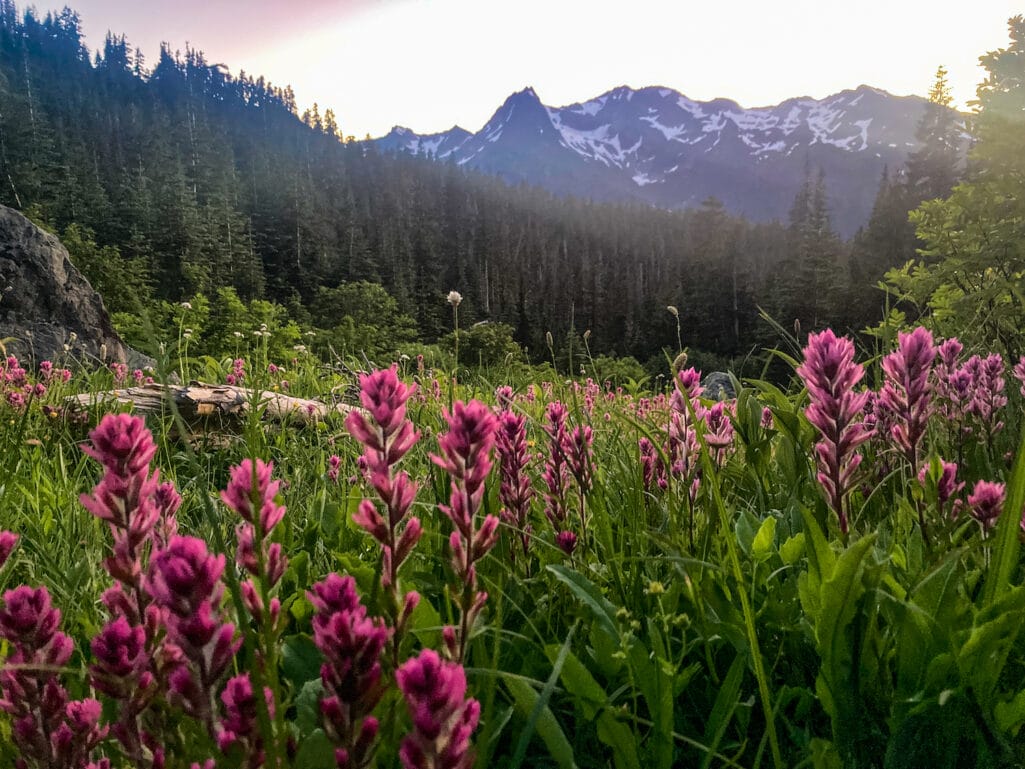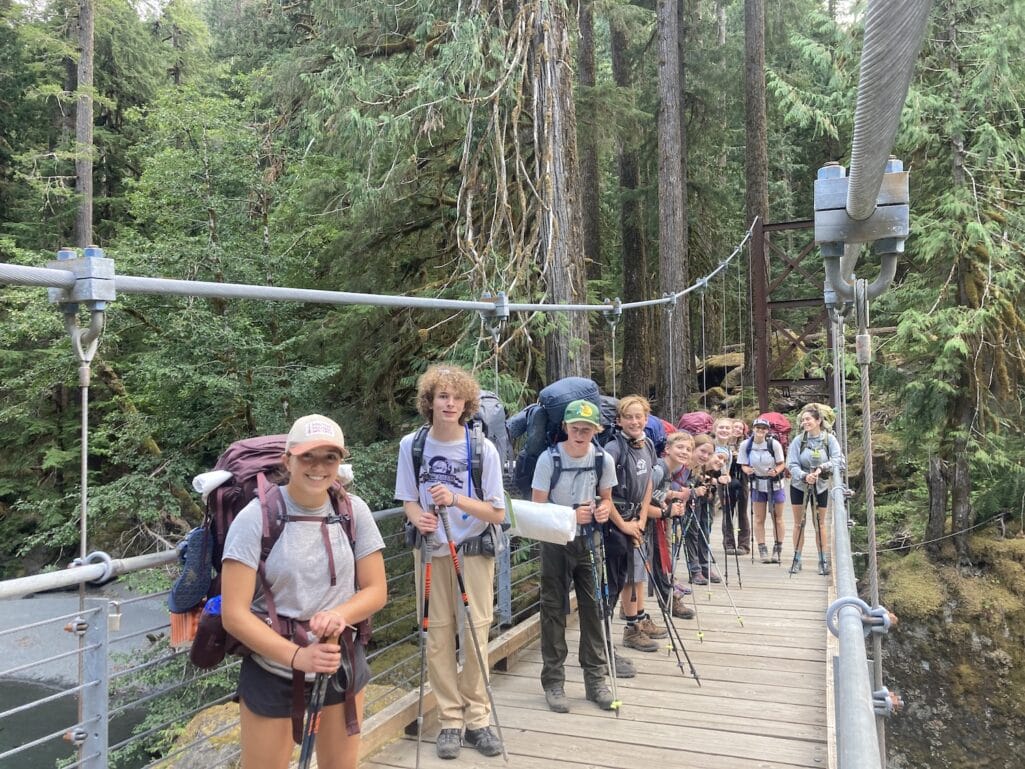Olympic National Park, located in the state of Washington, is a stunning and diverse natural wonderland that offers a wide range of outdoor experiences. From lush rainforests to rugged coastlines and pristine alpine meadows, the park has something for every nature enthusiast. If you’re an avid backpacker, you’re in for a treat. To explore the park’s backcountry, you’ll need to obtain Olympic National Park backpacking permits. In this blog post, we’ll guide you through the process of securing these permits so you can embark on your adventure with confidence.
1. Know Your Seasons

Wilderness permits are required for camping in the Olympic National Park backcountry year-round. However, not all areas are open for backpacking year-round, due to seasonal changes such as snow and road access. Before reserving a backpacking permit, it’s crucial to understand the seasonal variations in Olympic National Park. The park experiences a wide range of weather conditions, and different areas have different timelines for when permits are available. The park is divided into three distinct regions:
Coastal: Permits are typically available year-round.
Lowland Forests: Permits are typically available year-round at low elevations.
Subalpine/Alpine: Permits are typically available from June or July to mid-October.
Go to www.rec.gov and search “Olympic National Park Wilderness Permits” for more details on permit availability and dates.
2. Select Your Route
Olympic National Park offers a plethora of backpacking routes, each with its unique charm. When planning your trip, decide on the specific trail or trails you want to explore. Consider the length, difficulty, and highlights of each route to ensure it matches your preferences and abilities. You can find trail descriptions and maps on the park’s official website. Permits are issued for each night of your trip and you must reserve the specific campsite that you intend to camp at; so, you’ll need to plan your itinerary in advance to include an official park campsite for each night and reserve those accordingly. See Olympic National Park’s Wilderness Trip Planner Page for more information when planning your trip.
3. Make Reservations
Olympic National Park utilizes an online reservation system for backpacking permits. All permits for the summer season (May 15 – October 15) become available on April 15 at 7:00 am Pacific Time. Some popular areas or areas that have fragile ecosystems have quotas on the number of permits that can be issued per day. These areas include the Hoh Rainforest, Enchanted Valley, Grand Valley, Cape Alava, Seven Lakes Basin, and some popular alpine lakes like Upper Lena Lake and Marmot Lake. See the full list of campsites and quotas here. If you hope to plan a trip in one of these areas, be ready with your itinerary at 7 am on April 15th!
4. Talk to a Ranger
There may be permits available for non-quota areas or cancellations for quota areas that you can reserve in person the day before or on the day of. Go to the wilderness information desk at the Olympic National Park Visitor Center in Port Angeles, and the rangers can help you plan a last-minute trip or make last-minute changes to an already-reserved itinerary. They can print your permit for you (you must always carry a printed copy of your wilderness permit when in the backcountry), update you on current conditions and trail reports, and answer any questions you may have about the area. If you are an advanced backpacker, rangers can also help you get permits for cross-country trips or off-season trips where you may encounter snow or challenging terrain. Be sure to check the Visitor Center hours before heading there.
5. Understand Permit Fees
Backpacking permits in Olympic National Park come with a fee, which helps maintain and protect the park’s pristine beauty. Fees can vary based on the number of nights and group size. Check the park’s website for the most up-to-date pricing information. Senior citizens, disabled individuals, and active-duty military members may be eligible for discounts.
6. Group Size and Regulations

Before applying for a permit, be aware of group size restrictions and regulations. Olympic National Park typically limits group sizes to minimize environmental impact and ensure everyone has a peaceful experience. Regulations can include campsite-specific limitations, campfire restrictions, and bear canister requirements. Refer to the trip-planning links above for site-specific restrictions.
7. Leave No Trace Principles
Responsible backpacking in Olympic National Park means adhering to Leave No Trace principles. Minimize your impact on the environment by properly disposing of waste, staying on designated trails, and following campfire restrictions. Familiarize yourself with these principles to ensure the park’s beauty is preserved for future generations.
Olympic National Park offers backpackers an incredible opportunity to immerse themselves in diverse ecosystems and stunning landscapes. To experience this natural wonder, securing backpacking permits is essential. Remember to plan ahead, choose your route wisely, and abide by park regulations. If you want someone else to take care of it all you can always join us on one of our Guide Service trips in the park! See you out there on the trails!
Blog Post by Aida Goma-Petit

